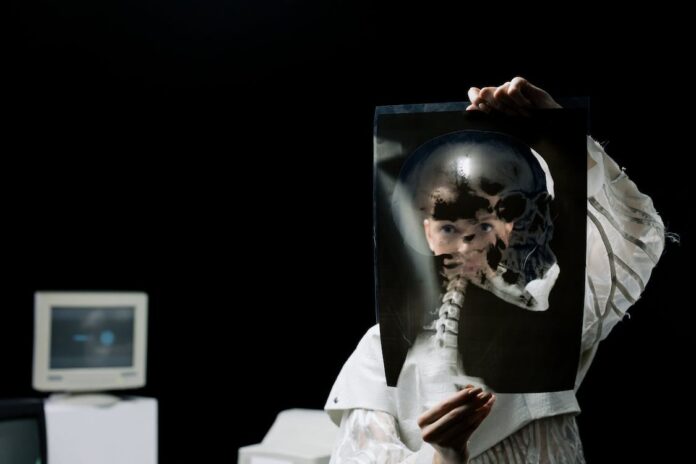Medicine, in its various forms, is one of the oldest professions in the world. Since there have been humans and animals to keep healthy, and wounds and diseases to heal, medicine and medical research have been around. In the times of cave people, medical research would have been a trial-and-error situation. Healers in those days may have watched animals as the very first form of clinical research; most things that animals ate and drank were deemed safe for human use and tested out on patients. It’s believed that the first medical treatments ever tried were likely to be ingested earth and clays and clay poultices to dress wounds.
Back then, medical researchers didn’t have things like direct data capture software to rely on; they had to remember by appearance and location only the clays and herbs that worked in certain ways and were safe to ingest or apply topically. They couldn’t work with companies like ClinicalInk; they really just had to wing it and hope for the best result possible. They didn’t have computers to run the numbers and find out all the likely results for them. They didn’t even have sterile environments to operate in; they had to make it work with sharpened stones and an array of natural resources. In those days, living past your early double-digit birthdays would have been an achievement, so to say things have changed over the thousands of years that medical research has taken place would be an understatement.
Medical History

Though we know some form of clinical research has taken place basically throughout all of human history, the first recorded example comes from around 500 BC and is recorded, of all places, in the Bible; the book of Daniel, to be exact. The first descriptions of clinical trials that have ever been discovered come from the 18th century, after which discussions of ethics in medicine began in earnest and the placebo was introduced. The 1900s saw the introduction of double blinds; from there, medical research took off like a freight train.
The change that has occurred in medicine since the early 1900s is probably more extensive than the change and progression in medical sciences from the first recorded trials and research up until that point. The pace at which technology has advanced has an enormous impact on all aspects of medicine, including clinical trials and research. Doctors and researchers are able to use modern technology to understand the human body, its conditions, and diseases in a more detailed way than ever before. Instead of reacting to issues, we are sometimes able to discern them before they become fully developed and nip them in the bud before serious damage is caused.
Modern Technology

Tech is not the only factor that influences medical research; global events also have a huge impact. The medical community had to change and radically hasten its research processes during the recent health crisis. Instead of conducting all the research themselves, they actually outsourced some of the computing requirements to everyday citizens to help get answers as fast as humanly possible. It was a mammoth undertaking and one that the whole world contributed to.
Though technology is an integral part of studies, a surprising number of researchers aren’t all that comfortable working with new tech as it becomes available. Monitoring technology, in particular, is an invention that can assist in streamlining the research process and some researchers are rejecting it, and all the good it can bring. Human beings and change aren’t always the best of bedfellows, but empowering research staff and helping them to become confident in new technologies that can be implemented in their day-to-day work lives is one of the most important aspects of modern clinical science. It’s up to sponsors and the trial higher-ups to ensure that this tech is usable and the staff has the best possible understanding of its functions.
The Client Centric Approach

While in the past it made more sense for trial patients to come to medical centers, where sterile environments and care are always available, an evolved view of patient needs has been driving a new era of trials and research. This focuses not only on getting results but also on the comfort and convenience of the patients involved. Remote clinical trials are the new normal, especially since the medical industry has had to handle wave after wave of incredibly infectious variants and still manage to find a solution while keeping staff and patients safe. This disaster did have some good repercussions, though, like encouraging staff from different research facilities and staff to come together and share data like never before. This collaborative attitude is something that can only advance medical research.
Remote trials are seeing tech being utilized in new and innovative ways. For example, patient monitoring devices and apps are being used to keep doctors and researchers in the loop and to give patients a feeling of constant oversight while still being able to remain in their own homes. Patient care and comfort are being prioritized over ease of access for researchers, which is a step in the right direction as far as patient-centric care goes. If we can change and improve this from the bottom of the industry where the research is conducted, we can have that change follow through into all aspects of medicine.
Wrap Up
The past can be an excellent predictor of how the future is going to go. The way medical research has evolved and grown over the past few decades alone is a hopeful indicator of how things will continue to develop in the immediate future. Sharing of information, access to care, and information and technology completely integrated into patient care and research are all things that are changing medical research as it stands today. We can only trust that medical research staff will lead the way into a more transparent and proactive future for research for all of us.









